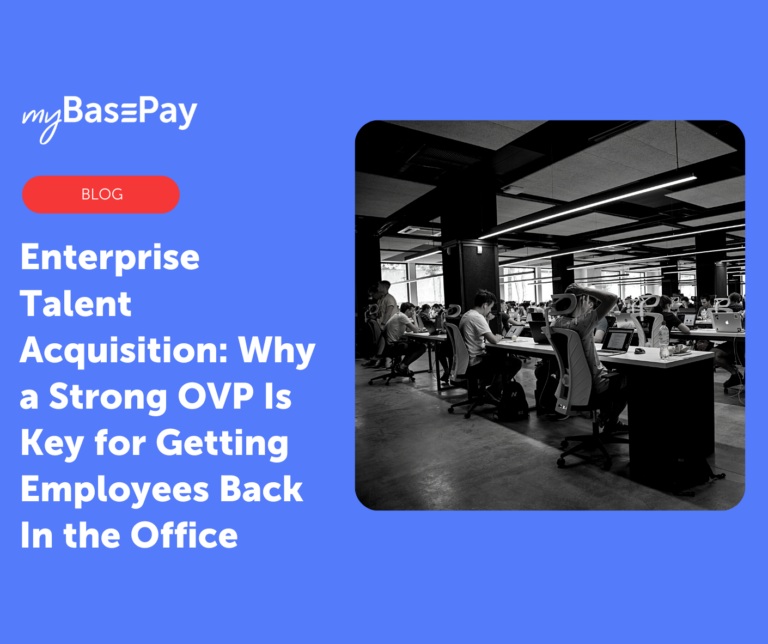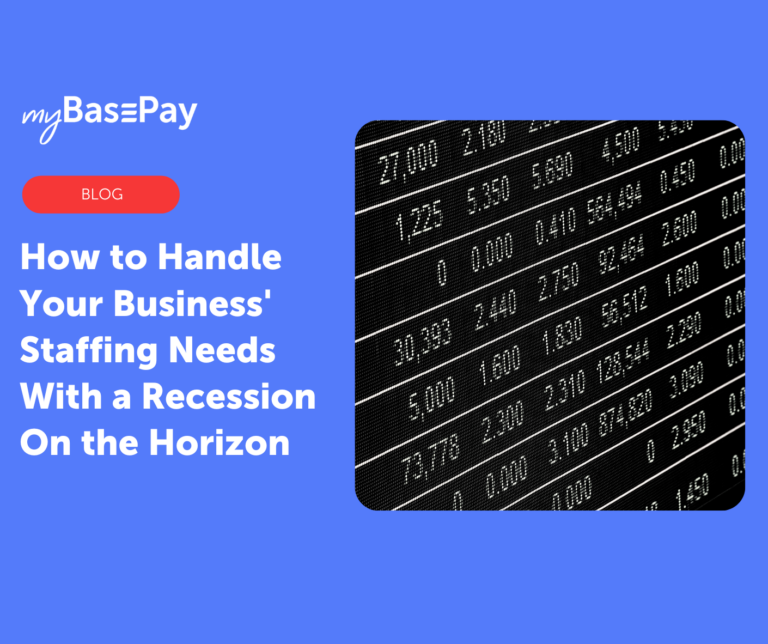Can Managers Force Employees to Return to the Office? (and Like It?)
After nearly two years of the remote work model spreading across the globe, companies are now requesting their employees to return to the office. For some, this in-office work might be easy to resume. But for the many who enjoy the flexibility of remote work, a new point of tension has been sparked between employees and managers.
According to FlexJobs, more than 50% of workers are concerned about returning to the office. From employees that still have COVID-19 worries to working parents who prefer to be at home, this concern is leading many to question their manager’s ability to force them to return to the office, and whether it’s the best decision in the first place.
While there’s no single solution that will make all parties entirely happy, workers and employers can still leverage their power to reach an agreement that makes returning to the office more pleasant for everyone. Let’s explore some key concerns about this move, and what executives and staff members can expect.
Manager Expectations vs. Employee Expectations
Both managers and employees agree to disagree on how companies should handle the move to return to office operations. According to GoodHire, 77% of 3,500 American managers agreed that severe consequences should be taken for those who refuse to come back to the physical work environment. They believe that some of these consequences should involve loss of benefits, reduction in pay, or even termination.
Employees, however, have different opinions. Several studies show that performance has increased in the remote work setting. On average, 77% of remote workers saw a boost in productivity, with 30% getting more work done in less time and 24% completing more work in the same period of time.
With these statistics in mind, many employees see no valuable reason to return to the office. And for those who have already returned, they state that their stress levels, their ability to focus, and overall level of satisfaction with their work have worsened.
Can Employees Push Back?
In many ways, employees have the upper hand in this tug-of-war. Since the Great Resignation, the job market has become more restricted, and companies are finding it increasingly hard to hire talented and affordable workers. In that sense, many businesses can’t afford to terminate, let alone replace, employees over a refusal to return to office work.
However, when looking at it from a legal perspective, employees have very little say in the matter. Workplaces have the right to set their own policies, including when and where people work.
As one source states in an article from the Washington Post, “There is no right to work wherever you want. [Employees] have the right to work for someone else.” If employees refuse their company’s request to return to the office, their actions could be deemed insubordination — a misdemeanor that could result in termination.
However, there are excusable cases where a worker can refuse to return to work. For instance, high-risk individuals (workers with chronic medical conditions or compromised immune systems, as well pregnancy) are protected under the Americans with Disabilities Act. With regards to work, managers and executives must offer these individuals the proper accommodations to fulfill their work — and in the same cases, that might mean allowing full or partial remote work.
What Managers Should Know About Hybrid Work Models
While employees don’t have much say in the matter, that doesn’t necessarily mean managers can take whatever action they want. The way in which we work is constantly changing.
For many industries, the business world has changed more in the past two years than in the past twenty years. That being said, there are key trends and statistics that all company leaders should understand before taking any drastic measures.
Since the lockdown in early 2020, organizations have been testing new work arrangements. Now, it seems likely that the hybrid work model will replace conventional fully in-office work trends.
Hybrid work is essentially a combination of in-office and remote working. This model offers employees the freedom to choose how and where they work according to when they’re most productive.
Today, hybrid work models are being used by more than 60% of high-growth companies.
With this model, employees can experience more flexible hours, which directly boosts productivity and efficiency. When workers have more mobility in where they work, they’re more likely to balance their workloads, maintain accountability, and concentrate harder on fulfilling assignments.
As far as managers are concerned, this model significantly reduces operating charges. Since remote workers demand less physical space, the hybrid work model lowers both real estate and office supply costs.
Thanks to technology, hybrid work cultures also offer greater collaboration. With so many people separated during the pandemic, digital platforms were designed to transform how managers and employees unite, engage, and support one another.
One Zippia survey reports that 83% of businesses saw better project collaborations in the hybrid work model compared to the full-time in-office model before the pandemic.
While utilizing the hybrid work model would certainly be an adjustment, organizations that have chosen to do so can’t imagine where they’d be without it. Not only are there internal benefits, but managers also have been able to widen their candidate pools.
Instead of focusing solely on acquiring local talent, hiring managers can combine those with candidates from global workforces — allowing them to tap into greater breadth and depth of skilled workers.
Handling the Return-to-Office Policy
The solution to the return-to-work policy will vary from company to company. Several factors are at play, including company size, location, employee base, and brand goals. That’s why employees and managers must have open discussions and feel free to raise any concerns either party might have. Then, your business can make a more calculated decision.
Several experts have stated that the workplace has simply evolved too much too quickly for executives to adapt. It should come as no surprise that leaders are pushing to resume pre-pandemic workplace norms.
However, the trend of hybrid work isn’t leaving any time soon. Experts are advising company leaders to resist returning to the old ways of business practices. So, as more companies are preparing to adopt these hybrid work models, perhaps it’s time for your business to follow in their steps.
Author: Cesar Jimenez, myBasePay CEO
Cesar A. Jimenez is an entrepreneur, investor, and military veteran with over 25 years of staffing industry expertise successfully leading technology staffing organizations. His expertise in the IT industry allows him to use his experience as a thought leader for talent acquisition, staffing, IT, and recruitment technologies with a passion for contingent workforce solutions. Cesar has held various leadership roles for both a global staffing organization and technology solutions companies. This expertise has enabled him to develop alternative workforce models that provide the agility for organizations to be competitive in today’s marketplace. In his spare time, he enjoys spending time with hisfamily, working out, and coaching high school baseball players.






